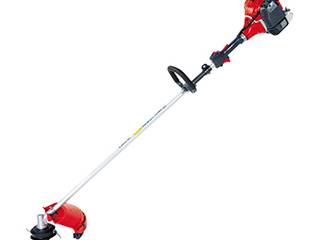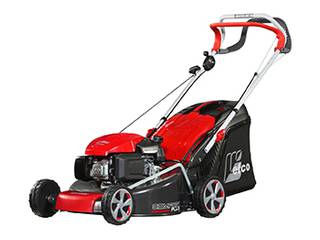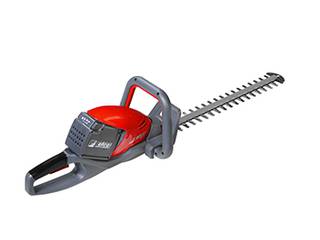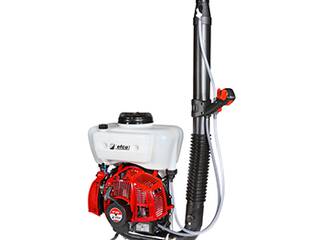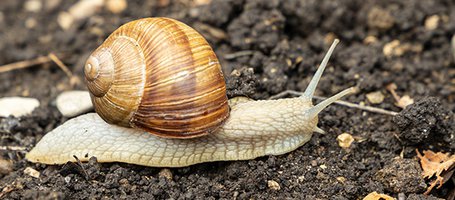Fleas are easily confused with lice or ticks, which also feed on the blood of host animals. So, what are they exactly? Fleas are wingless insects a couple of millimetres long, with a laterally flattened body and mouthparts capable of piercing a host's skin and sucking its blood. They are actually hematophagous parasites of mammals (including humans) and birds. They move by jumping: of their 3 pairs of legs, the hindmost pair is specifically designed for jumping. For this reason, they also shouldn’t be confused with completely harmless jumping insects such as springtails.
There are four stages in the life cycle of a flea: egg, larva, pupa and adult. Both female and male adults suck blood to reproduce and are active mainly in late spring and early autumn. Their bites cause itching and allergic dermatitis in pets, and if swallowed they can infect the host with tapeworm. In people, the bites usually occur on the feet and legs, cause itching and can transmit bacteria responsible for various diseases, such as plague, typhus and others.
Fleas in the garden and on the lawn
Fleas lay their eggs on the body of animals, including pets. The eggs fall off the animal’s fur or feathers and are dispersed in the environment, especially in places where the animals spend the most time. In the case of pets, that often means on pet bedding and wherever they have access: on the patio, around the garden or inside the home. A single female flea on a dog or cat can produce dozens or hundreds of eggs and, subsequently, young adult fleas: that is why a flea infestation can occur very quickly. Furthermore, homes provide the ideal temperature and humidity for fleas to complete their life cycle within a short time (a couple of weeks).
Both in built-up areas and in the countryside, the flea species that attack both humans and pet cats and dogs are Pulex irritans (called the human flea, formerly frequent in homes, but now rare), Ctenocephalides felis (cat flea, the most widespread species found in residential areas), Ctenocephalides canis (dog flea), Xenopsylla cheopis (rat flea), Ceratophyllus columbae (pigeon flea), Leptopsylla segnis (house mouse flea) and Spilopsyllus cunicoli (rabbit flea).
How to get rid of fleas in the garden
Fleas are hard to spot with the naked eye, but if you see your dog or cat persistently scratching or biting itself, that’s an obvious warning sign. To prevent and control flea infestations, all you need to do is follow some simple hygiene rules and carry out pesticide treatments on pets and infested environments.
Your pet is easily treatable by visiting your local vet. In addition to ascertaining whether fleas are to blame, the vet will suggest an appropriate treatment based on your pet's species and health condition. At home, vacuum carpets, rugs, sofas and all furniture and furnishings that your pet uses; wash their bedding at high temperature (60°C). If your home is seriously infested, specific antiparasitic treatments may be needed.
But what about outside of the home — how can you get rid of fleas in the garden? Unlike indoor areas, outdoor environments are less hospitable to these parasites. Here you should focus your attention on the most habitable places, where they can stay protected and undisturbed. That includes areas that are moist, shaded and frequented by domestic or wild animals.
Tall grass and dense vegetation make excellent hiding places for fleas and many other parasites, providing darkness and damp. So, keep the lawn short and prune plants, collecting and disposing of the clippings and pruning waste once the job is done. Depending on the situation, a lawnmower, brushcutter, shears, hedgetrimmer, handsaw, telescopic lopper or pruner may come in handy.
A brushcutter is a very versatile tool, which you can use to adjust the height of your lawn. By mounting special accessories, you can also use it for thicker vegetation: here is what you can cut with a brushcutter.
To eliminate, or rather, prevent fleas invading your garden, keep it as tidy as possible by clearing away potential parasite receptacles. The same goes for the garage and other utility areas that are accessible to dogs or cats. If you can't get rid of something, clean and tidy it up: that applies to piles of wood or other materials, gardening equipment, and so on. To prevent fleas inhabiting your lawn, try not to let it remain damp for extended periods, otherwise patches of standing water may accumulate. On that subject, here you will find our suggestions for watering grass in the summer, which is also useful for preventing typical lawn diseases.
Take all possible precautions to ensure that animals with fleas don’t enter and contaminate the garden (i.e. neighbours’ pets, strays, or wild animals such as mice, squirrels, foxes and deer). That means removing leftover food from your four-legged friend’s bowl, ensuring that rubbish bins are lidded, checking that there are no gaps in or under the fence, and so on.
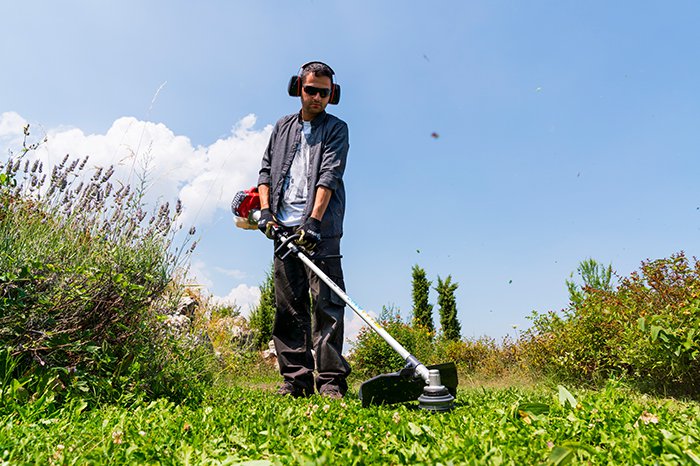
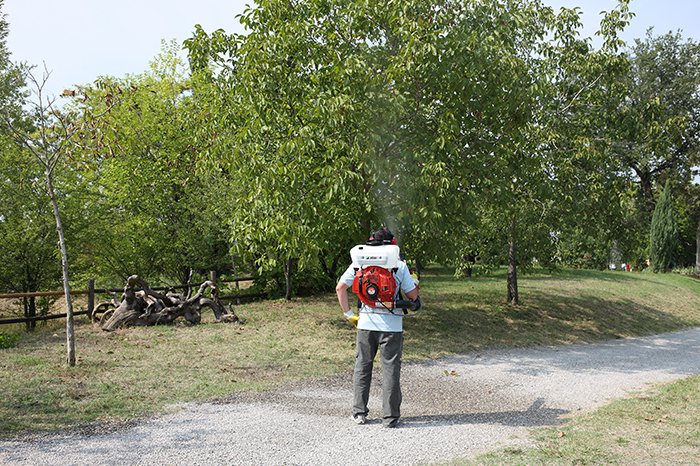
Be aware that fleas can attack your dog or cat even outside the home or garden in areas frequented by other animals, while it is wandering in tall grass in the park, countryside or woodland. Your pet itself could then bring fleas into the garden and home. Therefore, in the summer you can prevent infestations by administering a flea treatment to your pet.
The most commonly used insecticides for eliminating fleas are pyrethroids, which can be applied in the garden with a backpack mistblower. Bear in mind that some insecticides of this type can be toxic to cats. In all cases, we advise you to contact the public health and hygiene department of your local health authority for technical advice on suitable treatment products, methods and times. Here you can watch our video showing how to use a mistblower properly.
To keep fleas in the garden under control, you can also buy specific nematodes, which are tiny worms that parasitise fleas. Apply them in the places most frequented by your pets, as well as in the darkest and dampest areas of the garden.
In the countryside and in the garden, spring is the season not only for fleas, but also for other parasites. One species whose larvae are very dangerous for humans and animals is the processionary moth: here's how to get rid of them safely. Do you have a vineyard? The vegetative resumption in spring coincides with the awakening of the fungus responsible for grapevine powdery mildew: our article explains how to prevent and treat this vine disease.


